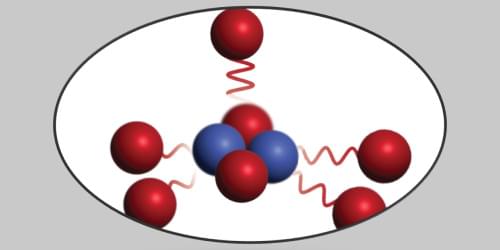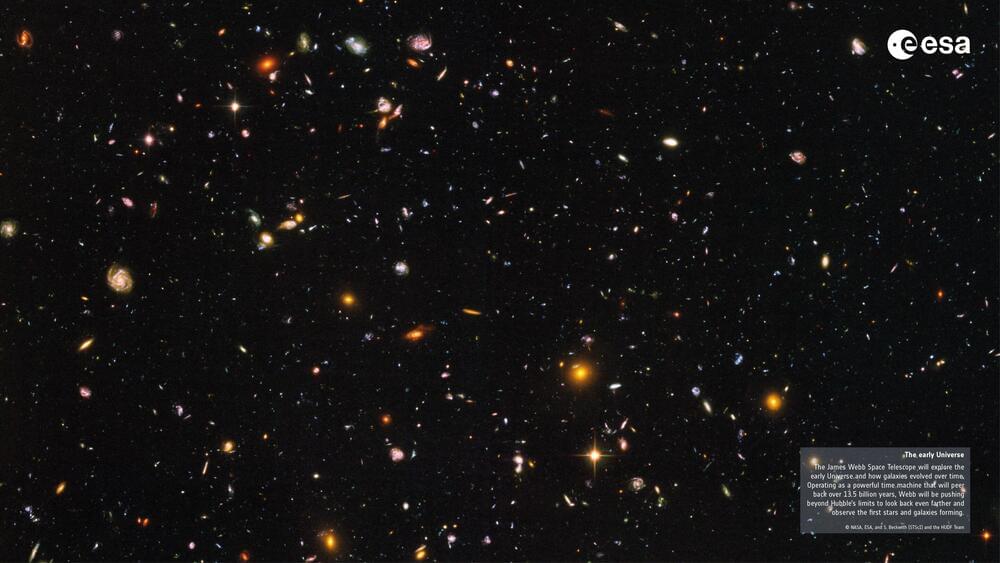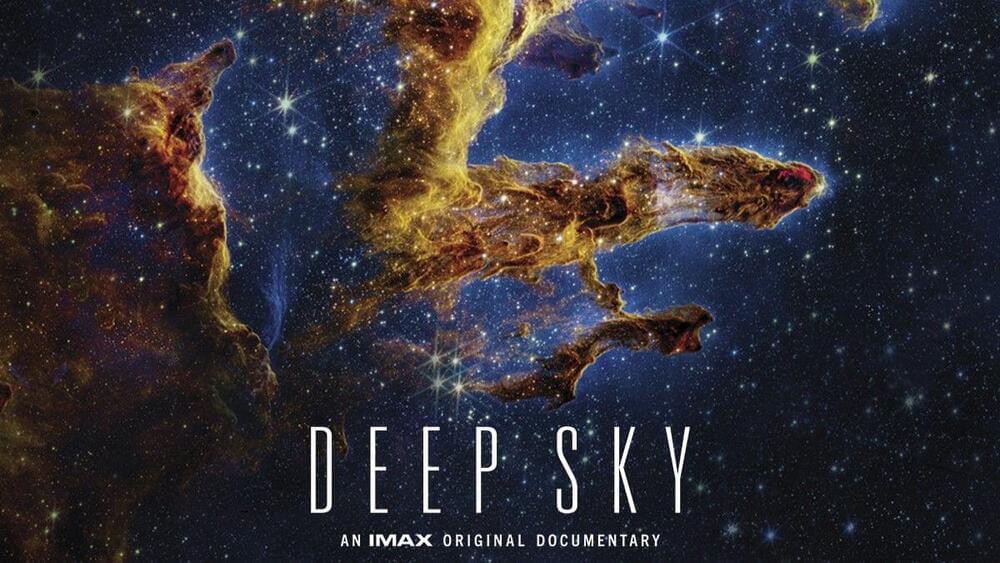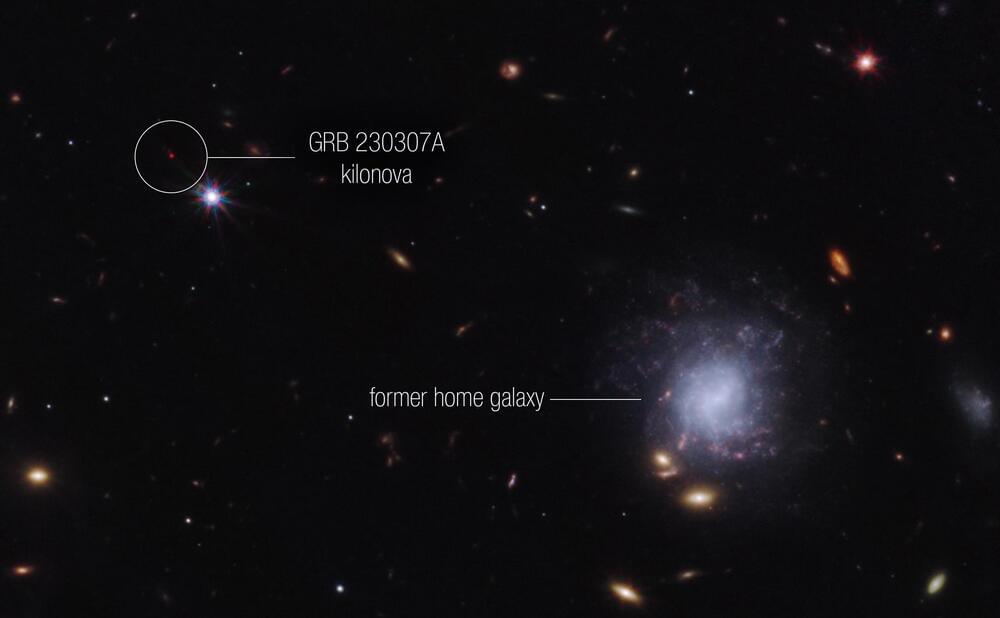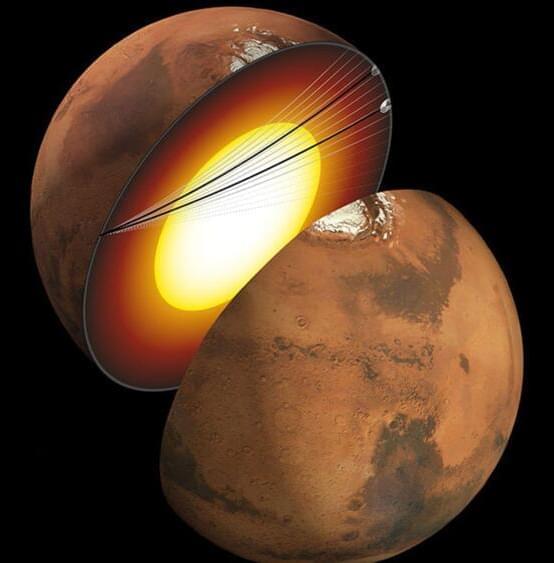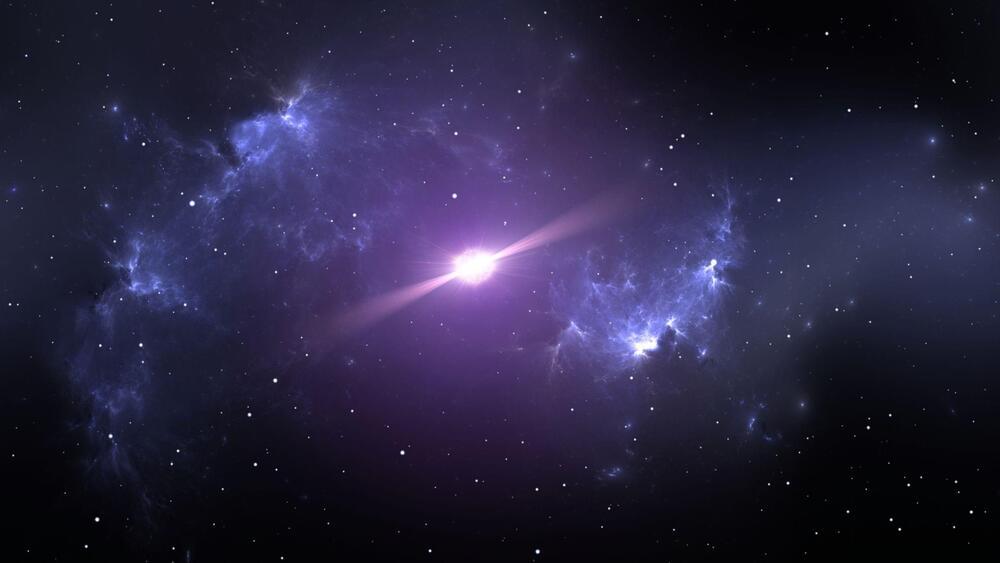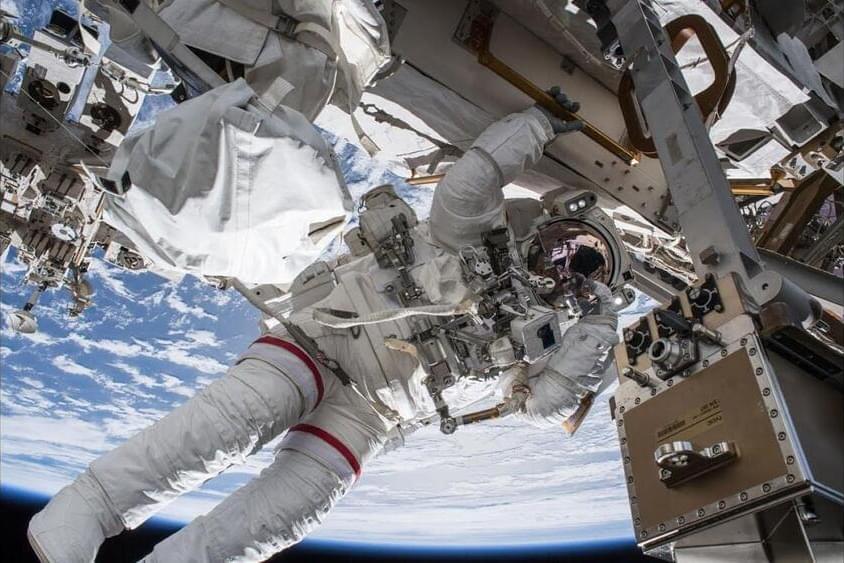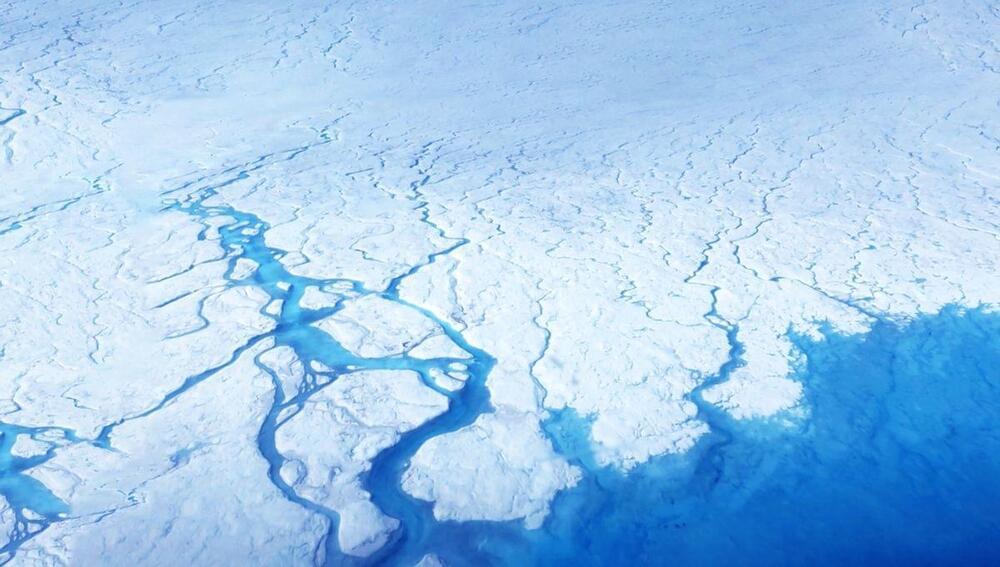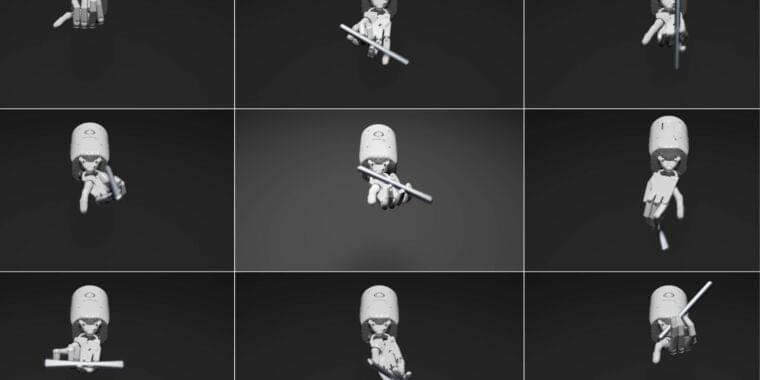Oct 27, 2023
Five Protons Spew Out of Extreme Nucleus
Posted by Saúl Morales Rodriguéz in categories: particle physics, space
A highly unstable nucleus that decays by emitting five protons has been observed, offering an extreme case for testing nuclear models.
Researchers have found evidence of an extremely unstable nucleus for which more than half of the component particles are unbound, meaning that they are not tightly connected to the dense core of the nucleus [1]. The nucleus, nitrogen-9, is composed of a small helium-like core surrounded by five untethered protons that quickly escape after the nucleus’s formation. Previous experiments have seen at most four unbound protons in a nucleus. The research team had to carefully sift through a large volume of nuclear-collision data to identify the nitrogen-9 decays. This barely bound nucleus poses a unique challenge to theories of nuclear structure.
A nucleus with a large imbalance between its numbers of protons and neutrons is less stable than one in which the numbers are similar. In the extreme cases, these proton-or neutron-rich isotopes are unbound, meaning that one or more nucleons escape during decay. The boundaries between bound and unbound states—both on the proton-rich and on the neutron-rich sides of the nuclear landscape—are called drip lines. Researchers are interested in finding nuclei beyond the drip lines because they offer tests of models at the limits of nuclear existence. These exotic nuclei may also play a role in the formation of heavy elements in supernovae and in neutron star mergers.
